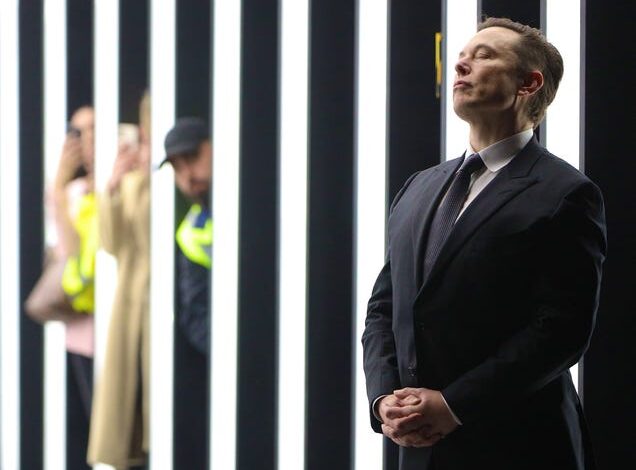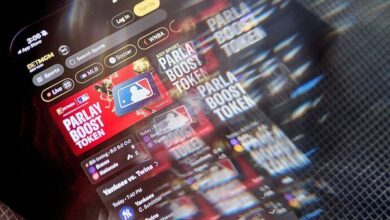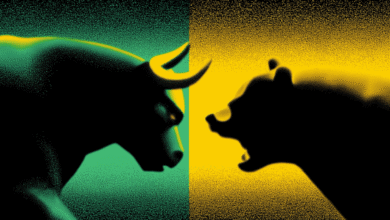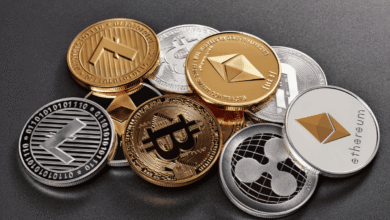Elon Musk’s Tesla robotaxi event is coming. Here’s what to know

In This Story
Tesla (TSLA) CEO Elon Musk is primed to unveil his company’s efforts to produce a self-driving “robotaxi,” either delivering a massive win for investors that justifies sacrificing a widely anticipated car — or a major disappointment.
Suggested Reading
The next Nvidia? Data center stocks could be a goldmine, strategist says
Suggested Reading
Musk has been talking about developing a robotaxi network since at least April 2019, when he spoke about a fleet of autonomous Teslas that could drive customers around whenever their owners didn’t need them. The next major update came in 2020 when the CEO said a robotaxi would be unveiled in 2023 and enter production in 2024, which didn’t happen.
But on Thursday, after another set of delays, Tesla seems prepared for what Musk has called a “product launch” of the robotaxi. Whether or not it’s a successful launch akin to the 2012 unveiling of the Model X or falls flat like the infamous 2021 debut of Tesla’s Optimus robot, which showed off a person dancing in a costume, is unknown to anyone without insider knowledge.
The “We, Robot” event is scheduled to start at 10:00 p.m. ET/7:00 p.m. PT on Thursday at Warner Bros. Discovery’s (WBD) movie studio near Los Angeles. While the studio floors will be flooded with Wall Street analysts, Tesla influencers, and investors, it will also be livestreamed on X, Musk’s social media platform.
Here’s what you need to know.
The product(s)
The robotaxi, nicknamed the Cybercab, is expected to be Tesla’s first car that doesn’t require a driver. The Austin, Texas-based company’s electric vehicles offer some self-driving capabilities through its driver assistance software, but a driver is still required.
Tesla’s software, Full Self-Driving (FSD) and Autopilot, has also been the source of controversy and many headaches for Tesla, ranging from long-fought legal battles to accusations of false advertising. The U.S. National Highway Traffic Safety Administration has reviewed 956 crashes where Autopilot was initially reported to be in use. The agency has launched more than three dozen investigations into accidents involving Tesla’s software.
According to Bloomberg News, the Cybercab is expected to have two front seats and two doors that open upward like “butterfly wings.” That would line up with the concept art featured in Walter Isaacson’s recent biography of Musk.
Musk has also teased that his team will “show off a few other things” on Thursday, which has been linked by some to the three “mystery vehicles” included in Tesla’s presentation at its annual shareholder meeting. Musk is also expected to discuss his firm’s plans to develop and integrate FSD into its Semi truck, which has received a limited release, Bloomberg reports.
Deepwater Asset Management’s Gene Munster said last week he expects to see three vehicles, including the “Cybervan” — a rumored autonomous passenger van — and the $25,000 Model 2, which has been reportedly scrapped. Munster expects to see a prototype of the robotaxi, along with previews of the other vehicles.
Playing catch up
Although Tesla isn’t exactly a stranger to artificial intelligence or autonomy, it’s still going to be behind some rivals. Companies, such as Google’s (GOOGL) Waymo, have been operating autonomous vehicles for years, gathering data all the while, often without the controversies that have plagued Tesla.
“Waymo is already way ahead of them, offering thousands of autonomous rides per week in several major cities, and Amazon’s (AMZN) Zoox is on schedule to debut next year,” GraniteShares CEO Will Rhind told Quartz over email. “In the robotaxi space, they don’t have the first mover advantage and that could be costly if it takes them a year or more to officially launch their service.”
Tesla will also have to appeal to regulators and the broader public, which remains largely skeptical and even fearful of autonomous vehicles. Thursday’s event will take place on a lot with private roads, which may partially be because Tesla has yet to apply for a deployment permit from Californian authorities, as GLJ Research analyst and Tesla critic Gordon Johnson points out.
One positive for the company going into Thursday, as Tesla bull and Wedbush Securities analyst Dan Ives said in a Wednesday note, is that it isn’t exactly a slouch when it comes to collecting data. Tesla has more than 1.5 billion miles of FSD — a level 2 automation system, meaning that it is only partially automated — logged in its data centers.
“There is clearly a number of hurdles and questions the industry/investors want to hear about including: insurance, cost of the vehicle, timing, regulatory approval timeline, and overall operations among other issues,” Ives said of the event.
The business model
In June, Musk pitched his vision for a robotaxi network as a “combination of Airbnb and Uber,” since owners can opt their cars into the service at their leisure. He also reiterated his pitch to Tesla owners that they can make money on the self-driving fleet while sleeping, as the company would call cars to pick up customers of its potential ride-hail service through an app.
“I’m highly confident that it will far exceed the value” of the monthly payments customers may have to pay for their cars, Musk said at Tesla’s annual shareholder meeting.
Tesla will take part of the revenue earned from the potential service — which analysts say is likely years away — while the rest will go to owners. A timeline for Tesla’s eventual network is unclear, and something investors will be hoping Musk elaborates on Thursday.
JPMorgan (JPM) analysts in June said they don’t expect material revenue generation for years to come. Guggenheim Securities’ Ronald Jewsikow told Yahoo Finance on Monday that a “real credible path to robotaxi commercialization in the next 12 to 24 months is extremely unlikely.”
Ark Investment Management has forecast a scenario where robotaxis account for 90% of Tesla’s value by 2029, pushing the stock to as much as $3,100 per share. If a network isn’t operational by that year, its price target would fall to about $350 per share.
Ark CEO Cathie Wood earlier this week said she thinks analysts will have to positively revise their estimates for the robotaxi’s effect on Tesla’s profits, telling Yahoo Finance she expects 80% gross margins.
“This is not if, it is when for Tesla. And for Tesla, it’s also how quickly will they roll out?” Woods said. “How quickly will they go national, or even global, with their aspirations?”



